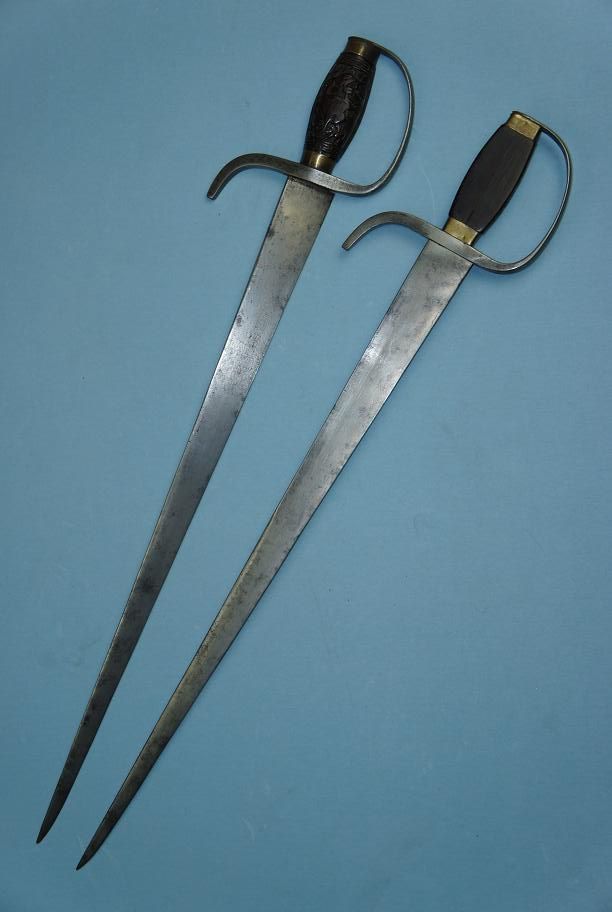The old legends and stories often have a kernel of truth to them.
There are also many creation legends that are pure fiction. Chinese are great with fiction.
There is even a White Crane system called Fukien Weng Chun Bak Hok......Fukien Weng Chun White Crane. But this is a topic for another thread.
That's just the name of the city it's from. Doesn't have any hidden meaning within the style.

